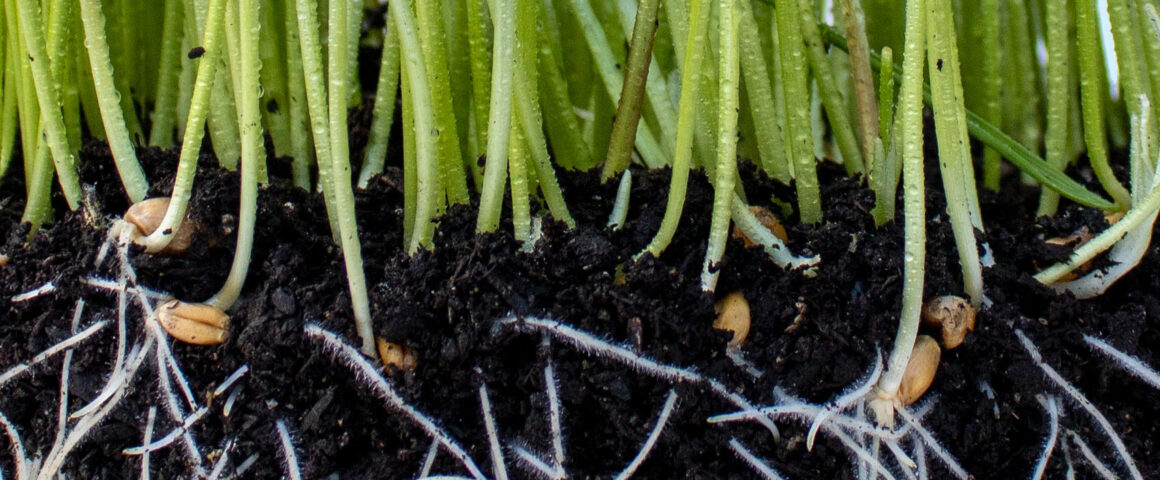In this lesson plan from T&W teaching artist Jason Leahey, students review the function of roots as taught in their science lessons and connect them to metaphor, their newly learned literary device. Considering their own needs and the metaphorical “roots” in their lives, students write descriptive paragraphs about the roots that help them thrive. This practice reinforces science learning while allowing students to make a personal/emotional connection to that learning, and to convey what they have learned in writing.
Lesson Overview
Grade(s) Taught: 3rd
Genre(s) Taught: Poetry, prose
Download: Leahey-Roots LP
Common Core State Standards:
(Refer to the Anchor Standards for Writing at English Language Arts > Writing > Grade 3 and for Language at English Language Arts Standards > Language > Grade 3)
- CCSS.ELA-LITERACY.W.3.2
Write informative/explanatory texts to examine a topic and convey ideas and information clearly. - CCSS.ELA-LITERACY.W.3.2.B
Develop the topic with facts, definitions, and details. - CCSS.ELA-LITERACY.L.3.5
Demonstrate understanding of figurative language, word relationships and nuances in word meanings.
Guiding Question:
What other than nutrients feeds a person, and how can metaphor provide a way of expressing that?

Lesson
Ritual:
Opening free-write ritual. For five minutes, students writer continuously about a topic of their choice to set the environment for the rest of the class, and to practice writing with total freedom. (5 min)
Introduction:
Using the Roots… Worksheet to capture their ideas, students review how roots meet the needs of plants (e.g., hold plant in place, hold soil in place, carry water and nutrient).
Continuing with the worksheet, the class builds a list of human needs (e.g. love) and “roots” that help meet those needs (e.g., family)
Class reads model “My Roots Paragraph.” What metaphors are used in the paragraph, and what meaning do those metaphors convey to readers? (15 minutes)
Main Activity:
Distribute the Write Your Own “My Roots Paragraph/Poem” Exercise. Ask a different student to read aloud each of the questions on the exercise sheet, and tell students to make notes or draw pictures in response to each question. They can then use their notes/images in writing their own “My Roots” poems or paragraphs. (20 minutes)
Closing:
Students share one thing that tries to wash them away and/or one root that keeps them standing strong.
Materials:
Vocabulary:
Roots, metaphor, nutrients
Multi-Modal Approaches to Learning:
This lesson engages students with varying styles of learning, including visual (writing in metaphor with a very clear image); logical (creating multiple associations for the word “roots,” following a model of writing that resembles a step-by-step procedure); interpersonal (sharing and discussion ideas about human needs/roots as a group); and intrapersonal (beginning with a free write, later reflecting on one’s self and surroundings).


